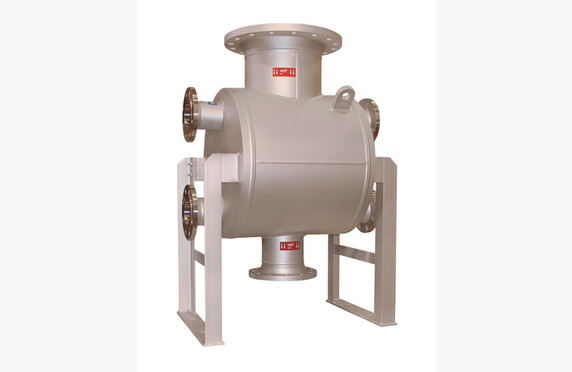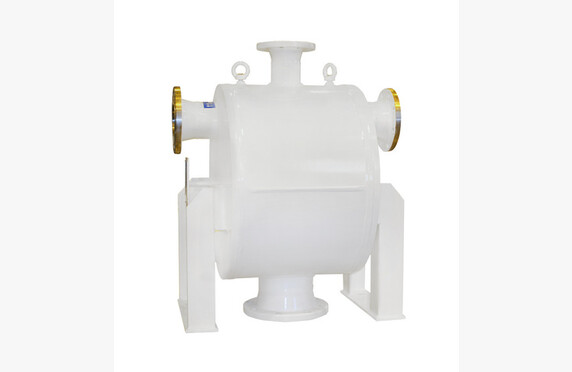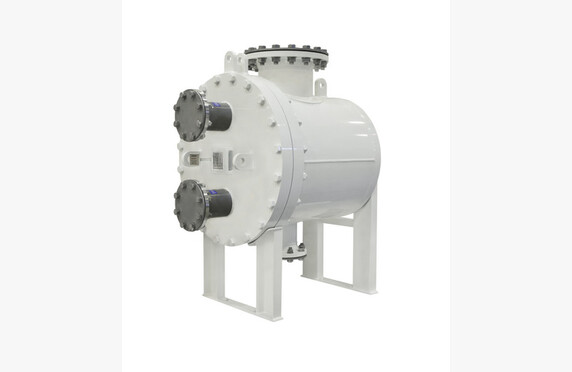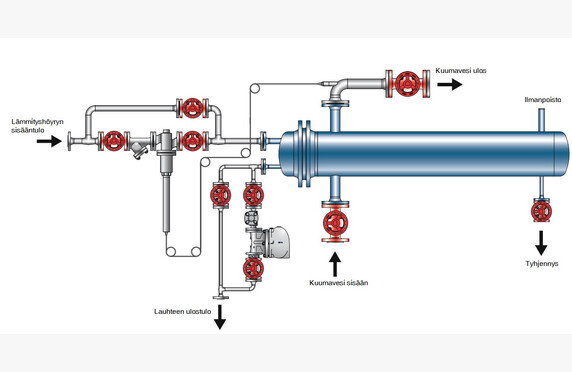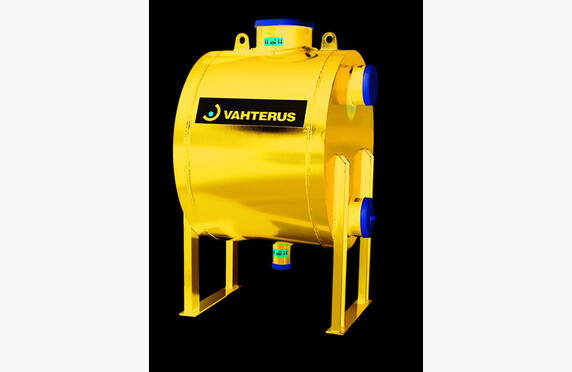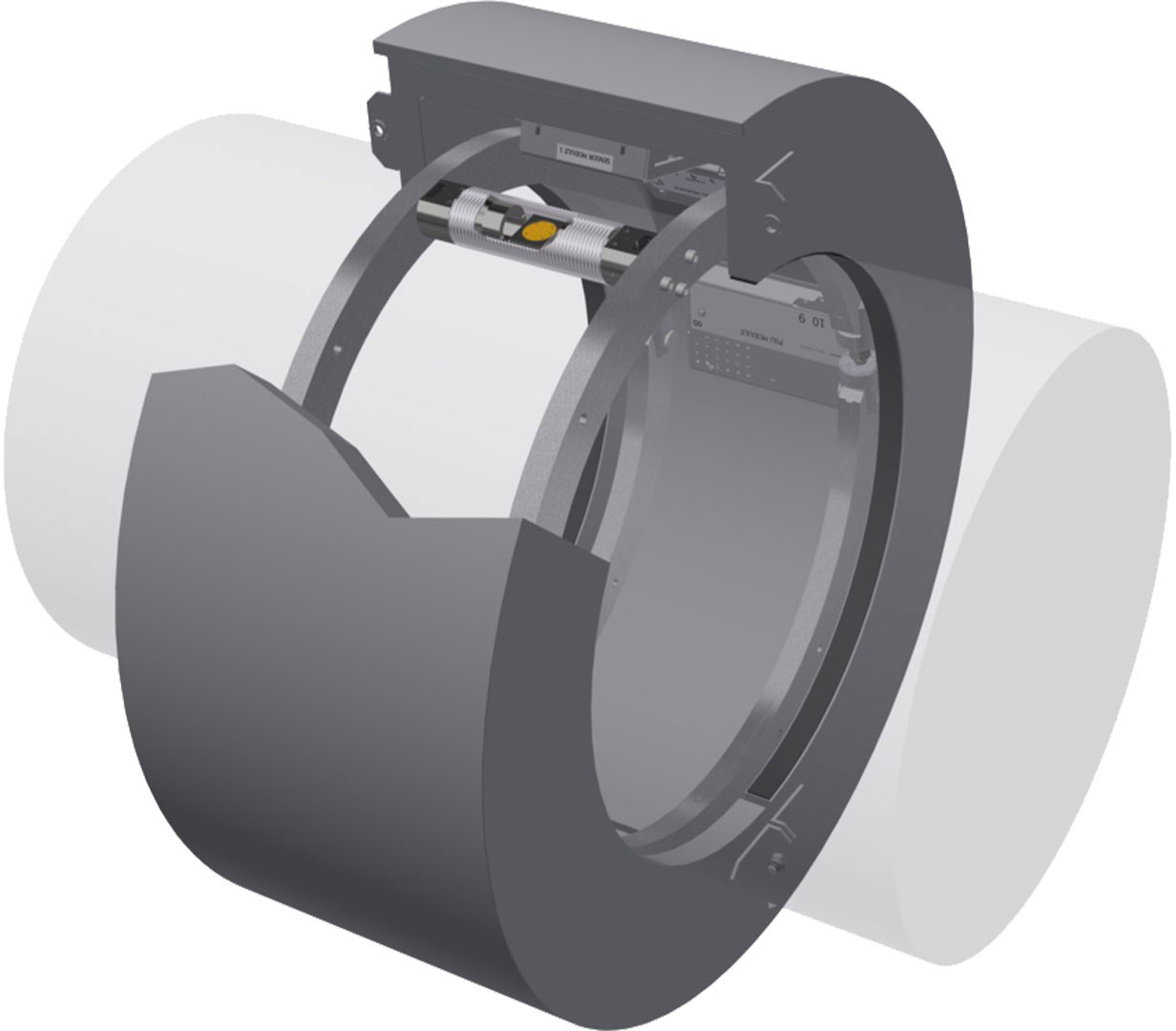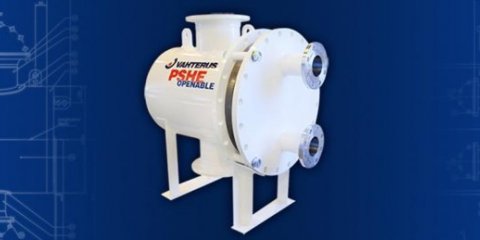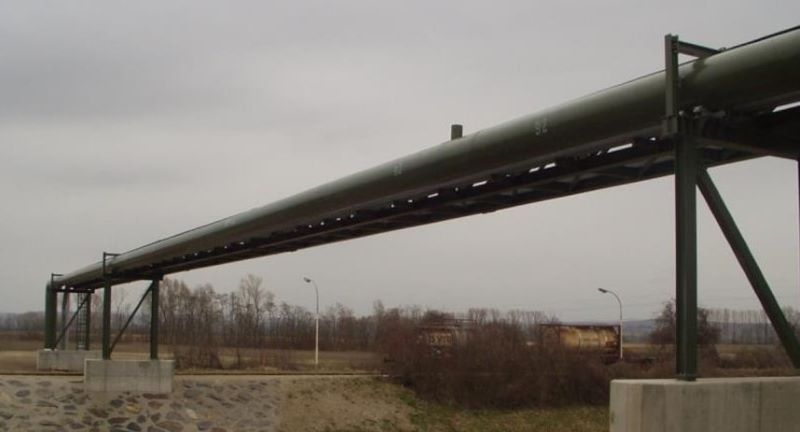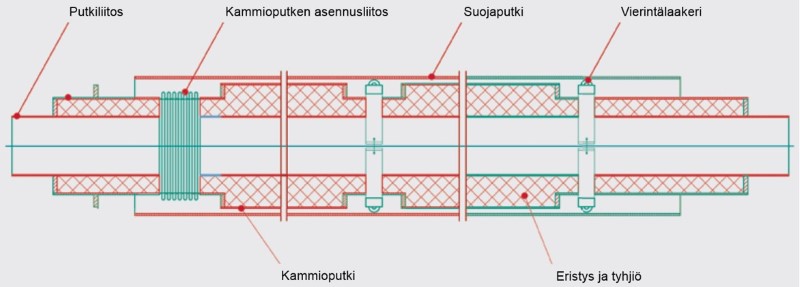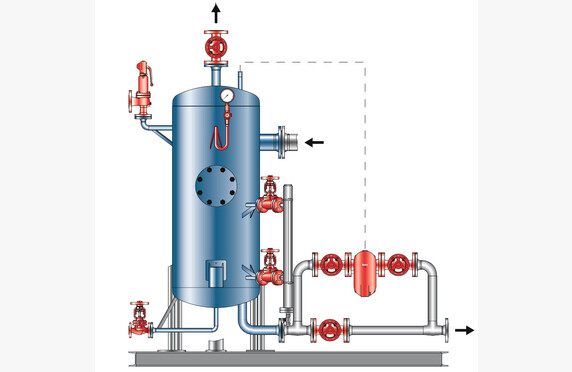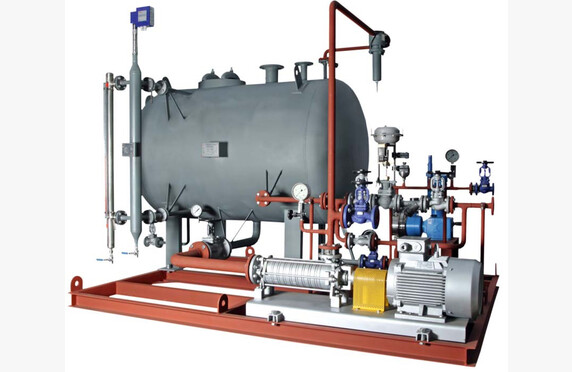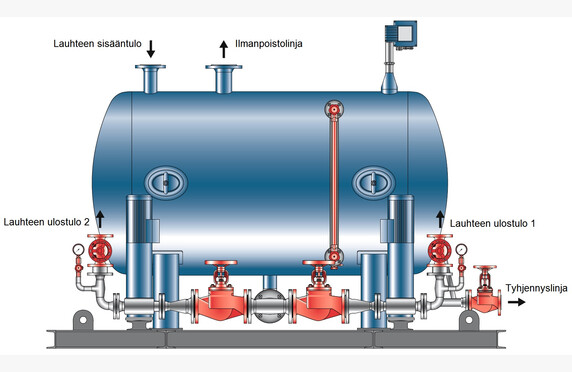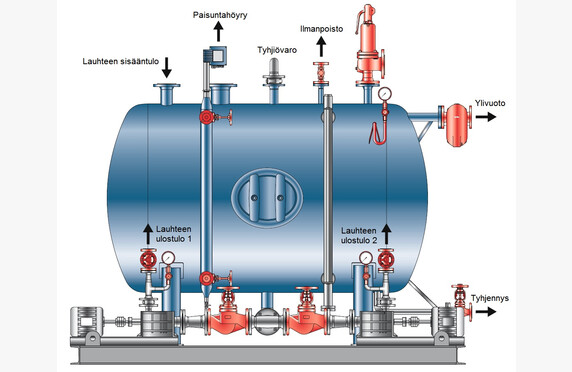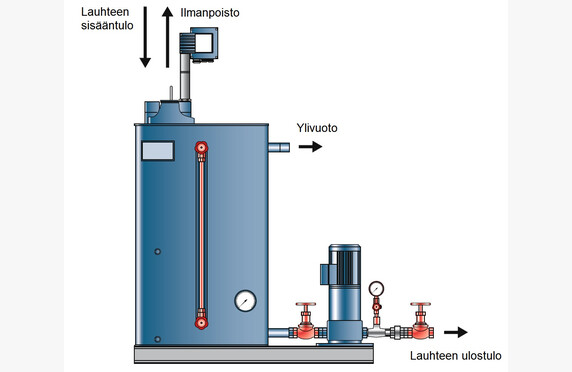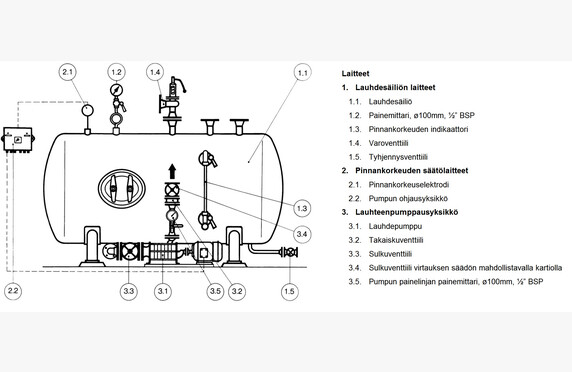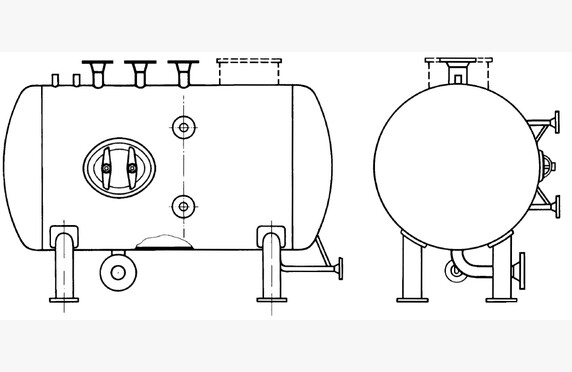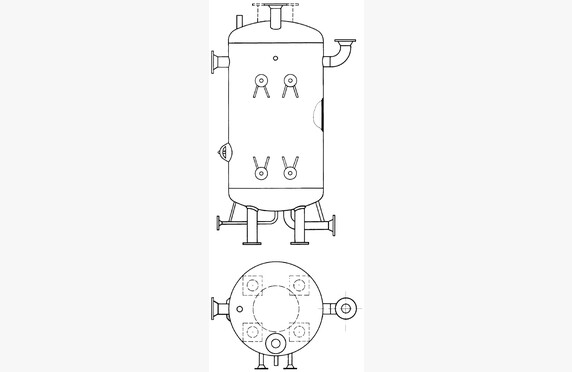Steam heat exchanger assemblies
Steam heat exchanger assemblies
Media
Manufacturers
Technical Specifications
Other names: vapour heat exchanger
What is a steam heat exchanger?
Heat exchangers are a key part of steam and condensate systems. Plate heat exchangers are a common choice due to their good pressure and temperature resistance, heat transfer efficiency, and compact size. Typical applications include heating of domestic or additional water, condensation of saturated steam from turbines, and heat recovery systems for boiler blowdown, flash steam, and flue gas (economizers).
Choosing a steam heat exchanger assembly
The manufacturing material and sealing method of the heat exchanger can be selected from several options depending on the operating values of the target system, such as medium, pressure, and temperature. Our heat exchanger modules are always dimensioned specifically for the system. A pre-designed module serves as the basis for sizing, speeding up the design work and reducing various product variations. All components of the exchanger module are replaceable and have been selected from our wide range of suppliers to suit the purpose.
Among our principals, for example, Gestra has launched its own ready-made heat exchanger module range consisting mainly of larger tube heat exchangers. The water space of tube heat exchangers is larger, resulting in more stable control behavior of the exchanger heated by process steam.
The sizing of the module requires initial process data from the customer, which includes: thermal power, flow rate, pressure and temperature, medium used, allowable pressure drop, expected contamination factor, and possibly desired overdimensioning.
In modules manufactured by Konwell, high-quality, domestic plate heat exchangers made by Vahterus are used, whose features are optimized for plant conditions. Long practical experience and continuous product development have made Vahterus one of the most renowned and high-quality heat exchanger manufacturers in the world, as evidenced by numerous patents and awards for innovative solutions.
The control circuit of the heat exchanger, shut-off valves, and steam traps are selected from the products of German Gestra and Ari Armaturen, whose quality has been proven during Konwell’s decades-long representation.
Depending on the process, the heat exchanger may require, for example, a steam dryer or a separate overheating protection for the exchanger. We also provide such special solutions according to the customer’s needs.
Operation
Usually, the shell side of the exchanger acts as a steam space, where process steam is brought based on the set target temperature of the starting line of the medium to be heated. The control of the amount of steam allowed into the exchanger is managed by a separate control valve on the steam inlet side. The valve type can be a self-acting temperature control valve or an electric/pneumatic control valve. In heat exchanger modules for building heating systems, a control valve is sometimes used on the condensate side of the heat exchanger as well. For safety arrangements, self-acting control circuits can be equipped with a self-monitoring temperature limiter, but in electric/pneumatic systems, the safety and warning features are naturally more extensive. The correct selection and sizing of the control valve is a very important part of a properly functioning heat exchanger module.
Especially when starting the process and during large load fluctuations, it must be ensured that water hammer does not occur in the exchanger, meaning sufficient condensate removal must be ensured.
On the discharge side of the heat exchanger, depending on the target, either only a steam trap or a steam trap with an integrated condensate lifter is installed, whose task is to remove the condensed steam that has released its energy in the exchanger to the plant’s condensate removal line. A condensate lifter is needed in situations where the pressure difference between the steam and condensate line is so small that the pressure difference at partial load of the exchanger cannot remove the condensate from the exchanger. When the need for heat transfer decreases and the control valve begins to restrict steam flow, the pressure difference inside the exchanger also decreases. This leads to a deterioration in condensate removal, and the reaction occurs in all heat exchangers regardless of the oversizing of the exchanger. As condensate removal worsens, the condensate surface in the exchanger begins to rise, leading to so-called exchanger fouling.
Some heat exchangers are equipped with a vacuum safety valve to prevent vacuum formation and improve poor condensate removal. However, through the vacuum safety valve, atmospheric gases can enter the system, which act as an insulator in the heat transfer process. When the vacuum safety valve is not used, the gas content and temperature fluctuations of the condensate decrease, leading to improved heat transfer efficiency. Corrosion problems and water hammer in the exchanger module are also eliminated, reducing maintenance costs. Additionally, the need for chemical treatment of process water decreases. We use Vahterus plate heat exchangers designed to withstand vacuum.
